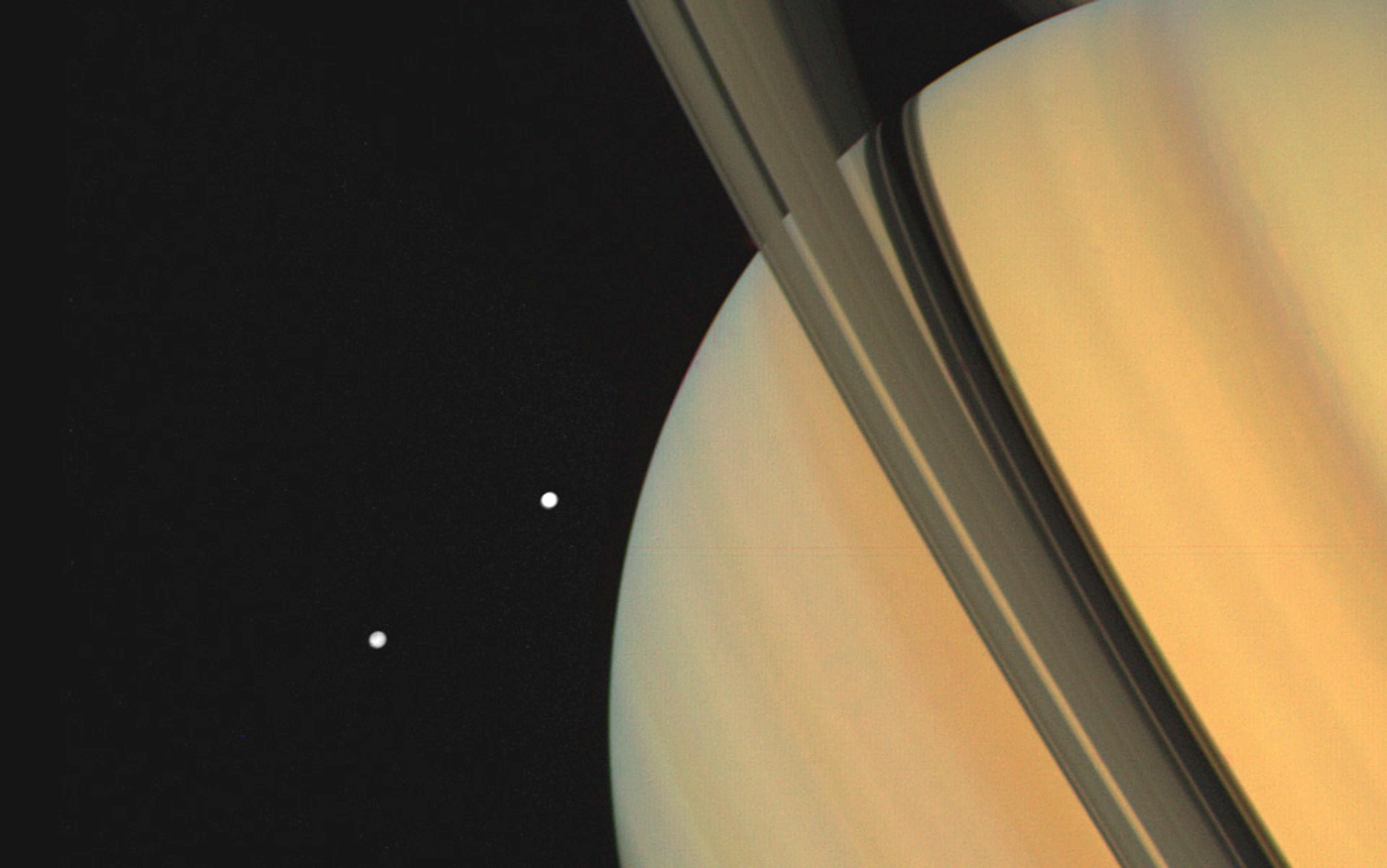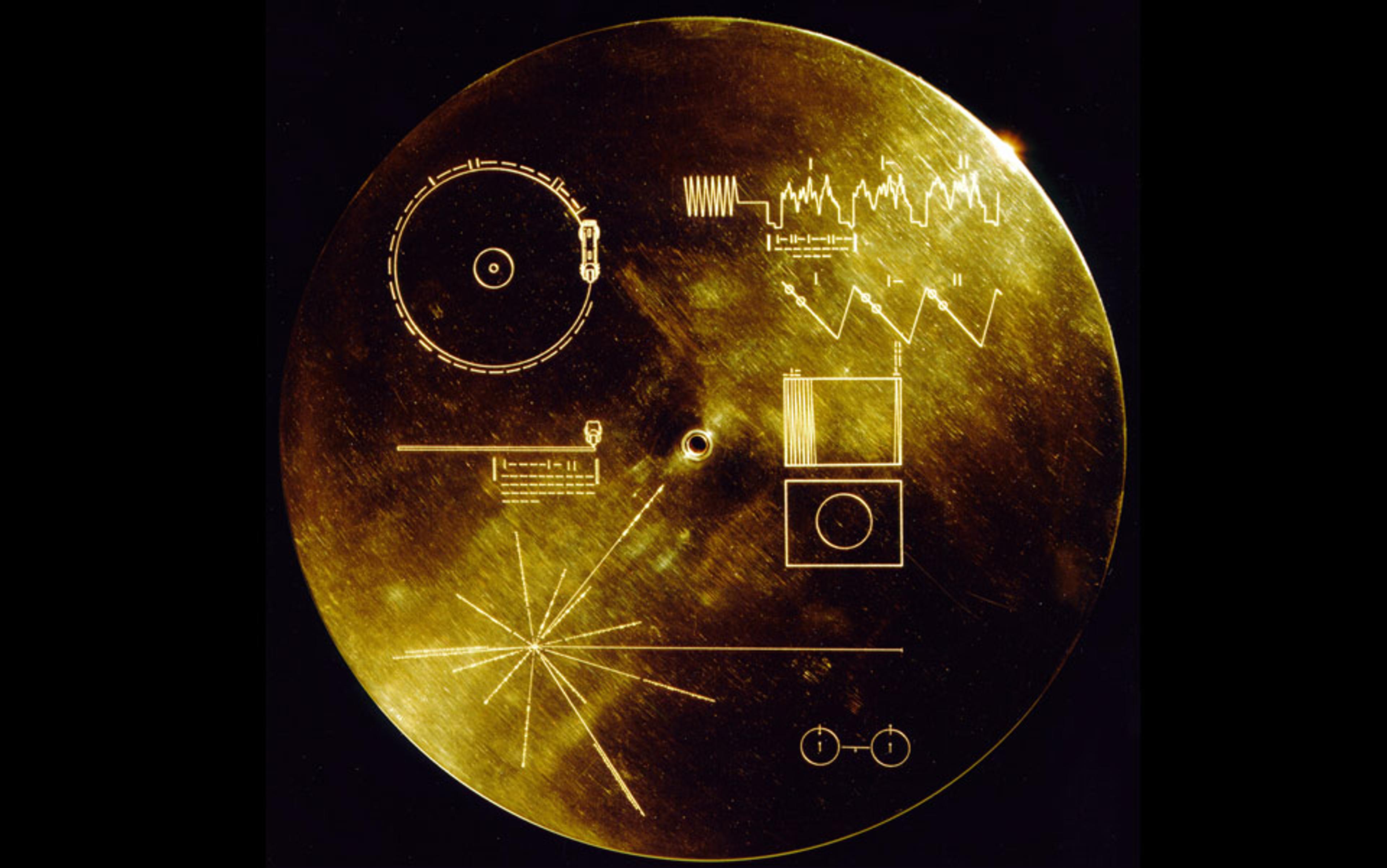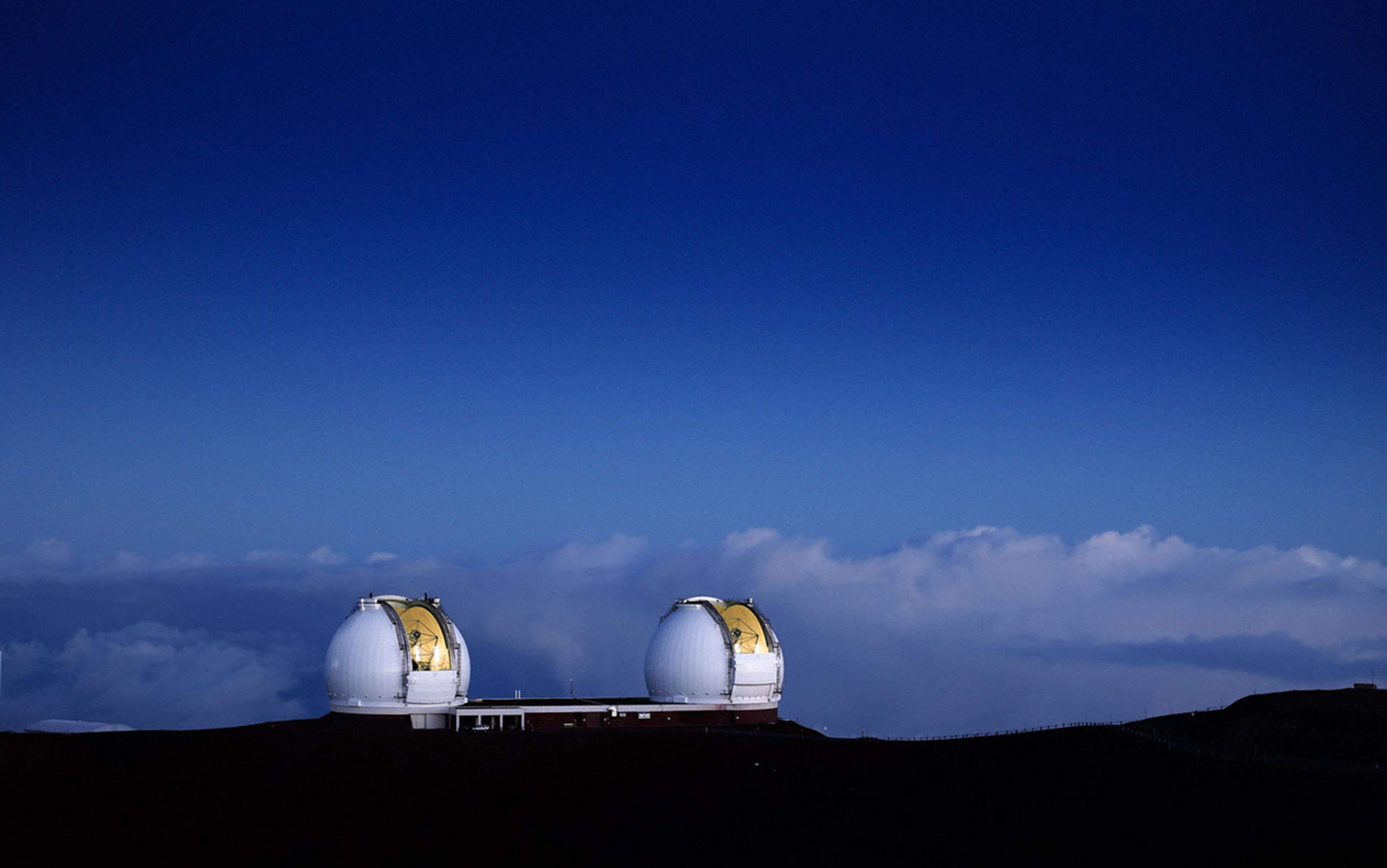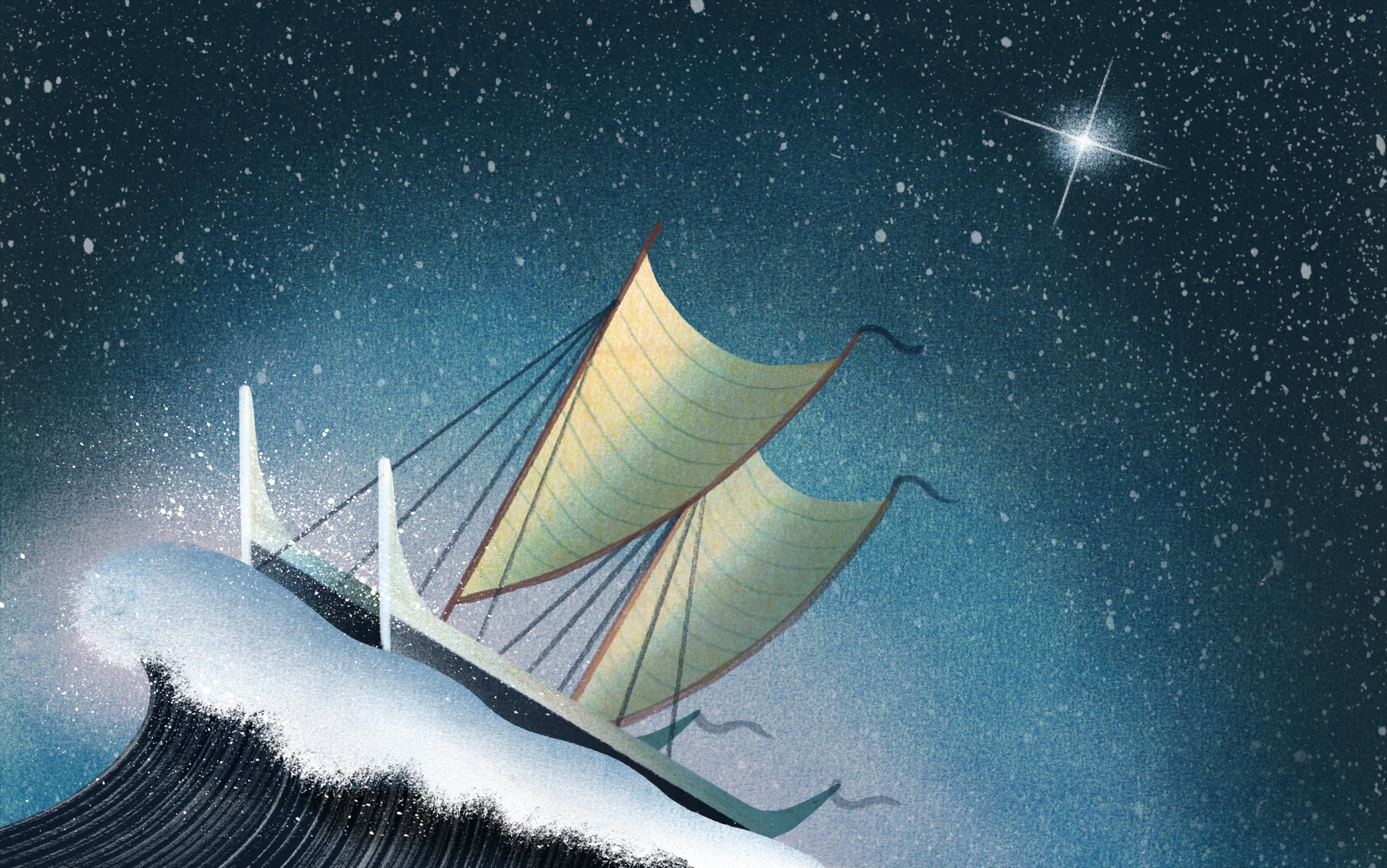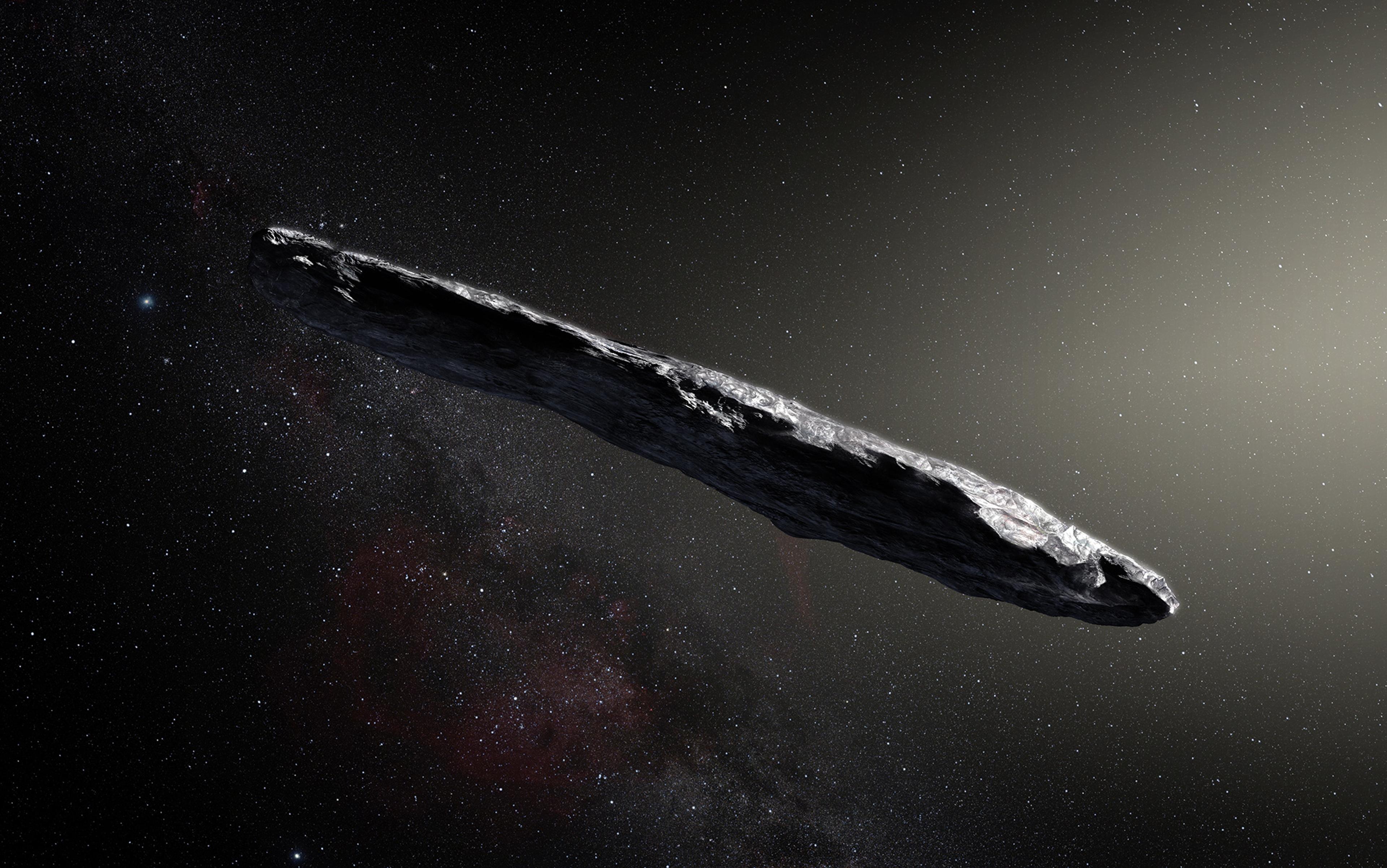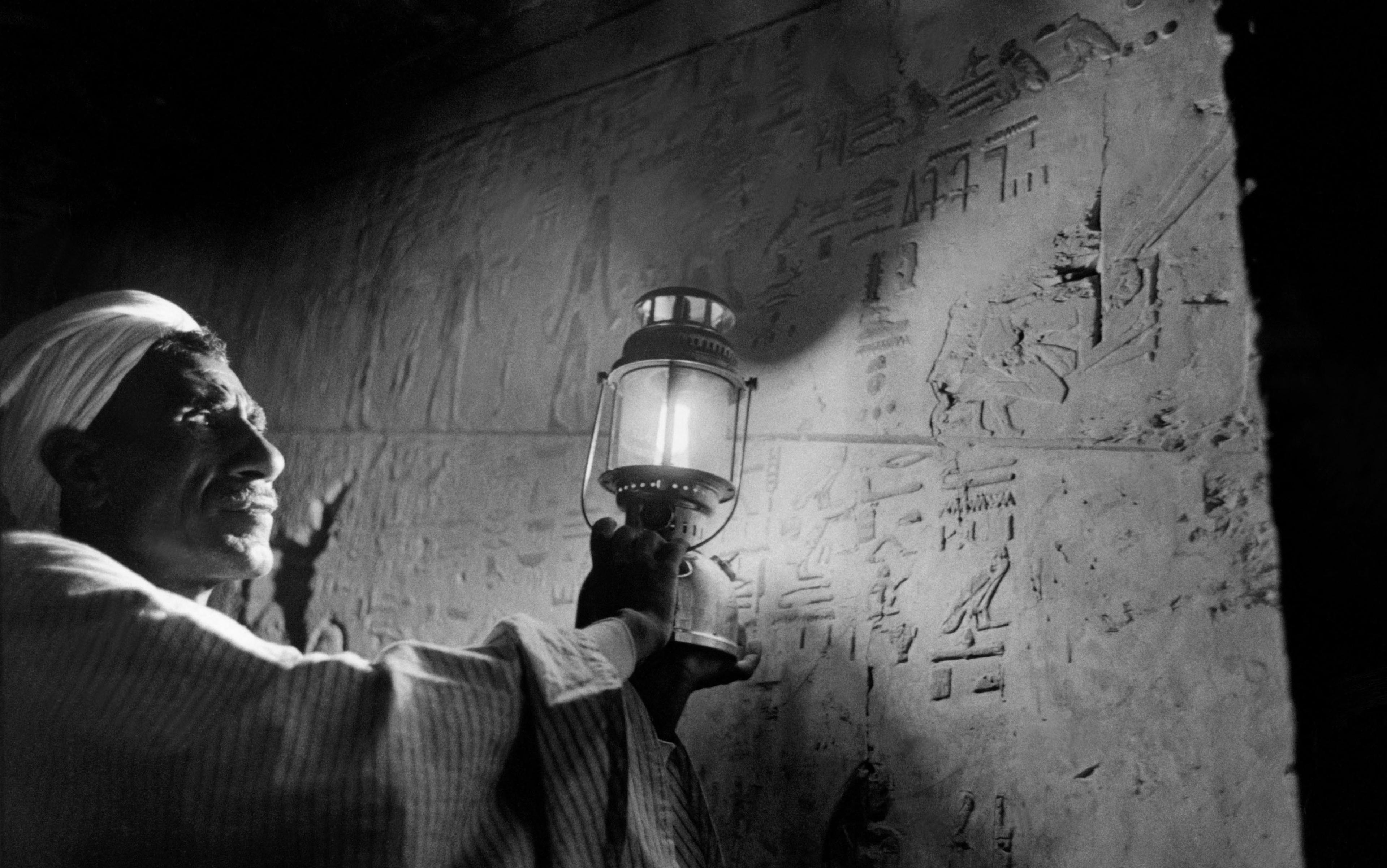When the two Voyager missions launched from Cape Canaveral in 1977, embarking on a grand tour of the outer planets that ultimately would send them into interstellar space, each carried a copy of a golden record — a compendium of human, biological, and geological sounds and images inscribed phonographically on gilt copper disks. The records were meant to chart our place in the galactic neighbourhood and tell the story of life on Earth.
But the golden records are hardly the sole example of messages sent to the stars on NASA missions. Most of Apollo’s lunar modules carried a stainless-steel plaque with the astronauts’ signatures beneath a map of the Earth bolted to the ladders left behind on the Moon’s surface; the Apollo 11 plaque was inscribed with the message, ‘We came in peace for all mankind.’
When Pioneers 10 and 11 were launched in 1972 and ’73, they carried plaques emblazoned with depictions of a nude Caucasian couple, various glyphs meant to help extraterrestrials identify the probe’s astronomical origin and context, and a series of captions and messages encoded in inscrutable binary cipher. The astronomer and author Carl Sagan devised the plaque with Frank Drake, a pioneer of SETI (the search for extraterrestrial intelligence); Sagan’s wife, Linda Salzman, provided the art. A few years later, Sagan recruited a team of experts in music, astrophysics, and recording technology to prepare the Voyager records, each of which was covered with a plaque based on the Pioneer model — as well as a tiny amount of purified uranium, incorporated into the electroplating of the record’s cover, to act as an atomic timestamp, measuring the age of the probes on the scale of the 4.5 billion-year half life of uranium-238.
No one can know whether aliens will ever decode Sagan’s elegant, austere inscriptions. The probes, however, are already storytellers in their own right. As a session presented at the meeting of the World Archaeology Conference at the Dead Sea in Jordan this January pointed out, ‘The physical attributes of our spacecraft themselves convey a rich narrative about our civilisation typically ignored in technical and academic considerations of extraterrestrial communication.’ Plaques or no plaques, the probes are artefacts — objects etched with the traces of human craft, bearing meaning-making fingerprints. The conference poster session, entitled ‘The bottle as the message: Solar System Escape Trajectory Artefacts’, was offered by Colleen Beck and Ben McGee, both of whom have published research on the archaeology of the space age. In the session abstract, the authors aver that ‘The informational value of the famed “messages in a bottle” — plaques and discs intended for future extraterrestrial communication — pale in comparison with the informational value of the bottle, the spacecraft itself.’
Any sufficiently-advanced civilisation recovering one of the two Voyager probes in the reaches of outer space, it was supposed, would find the record, understand its purpose, and divine the means of playing it back.
But the odds against any of this happening are, well, astronomical. As of this writing, the two Voyager probes are between 15 and 20 billion kilometres from earth; transmissions, traveling over the Deep Space Network at the speed of light, take more than 15 hours to bridge the gap. And yet despite the distance they’ve traveled, the probes are still in the solar neighbourhood, mind-bogglingly far from other systems; Voyager 1 won’t pass within two light years of another star system for some 40,000 years, and Voyager 2 will come within five light-years of Sirius in about 300,000 years. The probes are now moving through the heliosheath, the outer layer of the sun’s atmospheric influence, on the verge of interstellar space. Regardless of their speed relative to the Earth, in galactic terms they’re very nearly stationary, joining the vast dance of stellar and dark matter in its stately, 250 million-year orbit of the Milky Way.
As Sagan himself admitted, the message of the probes was meant in the first instance for a contemporary, Earthbound audience, and secondarily to serve as a time capsule. In Murmurs of Earth (1978), which documents the Voyager Golden Record project, Sagan tells the story of Esarhaddon, the seventh-century BC Assyrian king who had inscribed plaques deposited in the foundations of monuments as messages for future times. Esarhaddon’s monuments were carved from precious stone, bespeaking the meaning of beauty to the Assyrians and the power they found concentrated in it. Humans had long made sacrifices to address their wishes — votive offerings, from the Latin votum, or vow. A votive impulse consecrated not to the gods or to the dead, but to people of the future, speaks to one of civilisation’s restless ambitions: the desire to be remembered.
How will future Earthlings remember us, if they remember at all?
There is even a probe with such a purpose, its plaque meant not for extraterrestrials, but for the (equally alien) future inhabitants of Earth. The Laser Geodynamic Satellite, or LAGEOS, was launched in 1976 to facilitate the measurement of continental drift with a second LAGEOS set loose from the shuttle Columbia in 1992. The probe itself is a magnificent object, strikingly different from run-of-the-mill satellites, a ball of solid brass more than half a meter in diameter, weighing roughly 450 kg and dotted with reflectors like a large disco ball. LAGEOS carries no electronics or other instrumentation; ground stations aim lasers at its reflective surface, measuring the distance to detect tiny perturbations in the Earth’s crust. The probe’s great mass helps it achieve a supremely stable orbit without onboard propulsion; it will be 8.4 million years before its orbit decays, at which time it will come crashing through whatever atmosphere remains in the wake of the Anthropocene. The LAGEOS plaque, also conceived by Sagan, features maps of the Earth’s continents before and after the mission as well as at time of launch, spanning 16 million years of projected continental drift — permitting future Earthlings, human or nonhuman, to look at the disposition of the continents upon which they live and check our work.
There is a peculiar quality in these plaques and golden records — a compound of the Quixotic and the Ozymandian; an acknowledgement of our cosmic insignificance, paired with pride in the craft that pries that knowledge loose from the world — which is deeply characteristic of science in the late 20th century. Sagan stated as much when he wrote of the first Voyager mission, ‘the launching of this “bottle” into the cosmic “ocean” says something very hopeful about life on this planet’ — a hope that, however slim, was still vastly greater than the chance that one of the Voyagers would ever encounter life elsewhere. These messages in a bottle were among the more telling transmissions in a mythology of wonder that American science generated in the mid-20th century — an attempt, through science itself, to preserve a record of life on Earth, in light of destructive powers unleashed by science in the atomic age.
It’s tempting to speculate what kind of world these probes might return to, and who might be here to greet them. How will future Earthlings remember us, if they remember at all? What monuments will we have left, Esarhaddon-like, for generations to come? And in the month that the asteroid 2012 DA14 passed a mere 17,200 miles from Earth, we’re reminded that even without climate change or the spectre of nuclear annihilation, our species’ chances of surviving eight million years are slim. Given our uncertain fortunes, it’s possible to imagine LAGEOS as the sole artifact of our era to survive the epoch to come — a last, molten missive from an agitated age.
The artefactual perspective crops up in the fanciful animation Stardust, which was released earlier this month on Vimeo, depicting Voyager undergoing a cosmic apotheosis in some far-off system.
Stardust video by Postpanic, courtesy of Vimeo
What strikes me about the short film is its approach to Voyager as an object. Here, the probe is shown clad in its insulating blanket — a layer of thick, black, bespoke cloth roughly stitched to the exterior, with a cunning hemmed collar for the golden record. This detail surprised me, as it’s missing from available depictions of the probes; thanks to computer-generated imagery (CGI), we can see the careful stitching, the warp of cloth scorched and felted by cosmic wear. The Voyager in Stardust is worn, a tired traveller, in contrast to the pristine cluster of polygons in the iconic 1981 animations done for the Jet Propulsion Lab by Jim Bliss and Charles Kohlhase (which had a profound impact at the time; I remember going to see them in a packed auditorium at my local state university). Now those animations look austere, low-bit, and uncanny compared to the digital verisimilitude to which we’ve grown accustomed. Of course, current CGI models the light-scattering properties of rough textures with a kind of insistent thoroughness not possible 30 years ago, when the probes were still arcing among the outer planets.
Even at the time of their launch, we boggled at the venerable migrants the Voyagers stood to become. In Star Trek: the Motion Picture (1979), a Voyager probe is returned to us by alien others as the heart of a vast living machine. From its scarred and patinated nameplate, the aliens interpret the artefact’s name as ‘V’ger’, having found and retooled the wandering probe a mere couple of hundred years after its late-20th-century launch. In Star Trek, ‘V’ger’ is imagined as Voyager 6, one in a lengthy line of missions to the stars; in reality, the program ended in 1977 after only two probes were launched. Since that time, our robotic space missions have turned towards our planetary neighbourhood, hunting signs of life from Mars to the Jovian moons; our telescopes, meanwhile, seek evidence of planets orbiting far-flung stars. These ventures are more than transparent research programs; like the monuments of ancient Mesopotamia, they embody our wonder tales as well.
What mythology will alien archaeologists glean from our spacefaring artefacts? In the late 20th century, we thought we were placing the foundation stones of our future spacefaring civilisation; increasingly, they seem like the moai stone figures of Easter Island, erected in desperate hope on the only shores we will ever know. As Beck and McGee’s work implies, we’ve littered the solar system with such machinic monuments: ruined probes left on Mercury and Mars; the many Mariner probes in their long heliocentric orbits; the detritus of the Apollo missions, ruined camps strewn across the lunar regolith. With the Voyager probes, our exoarchaeological traces now exceed the solar system. An archaeologist might properly interpret them as votive offerings: the token of a wish to find ourselves in company in the cosmos, offered to the void ex voto without expectation of return.
